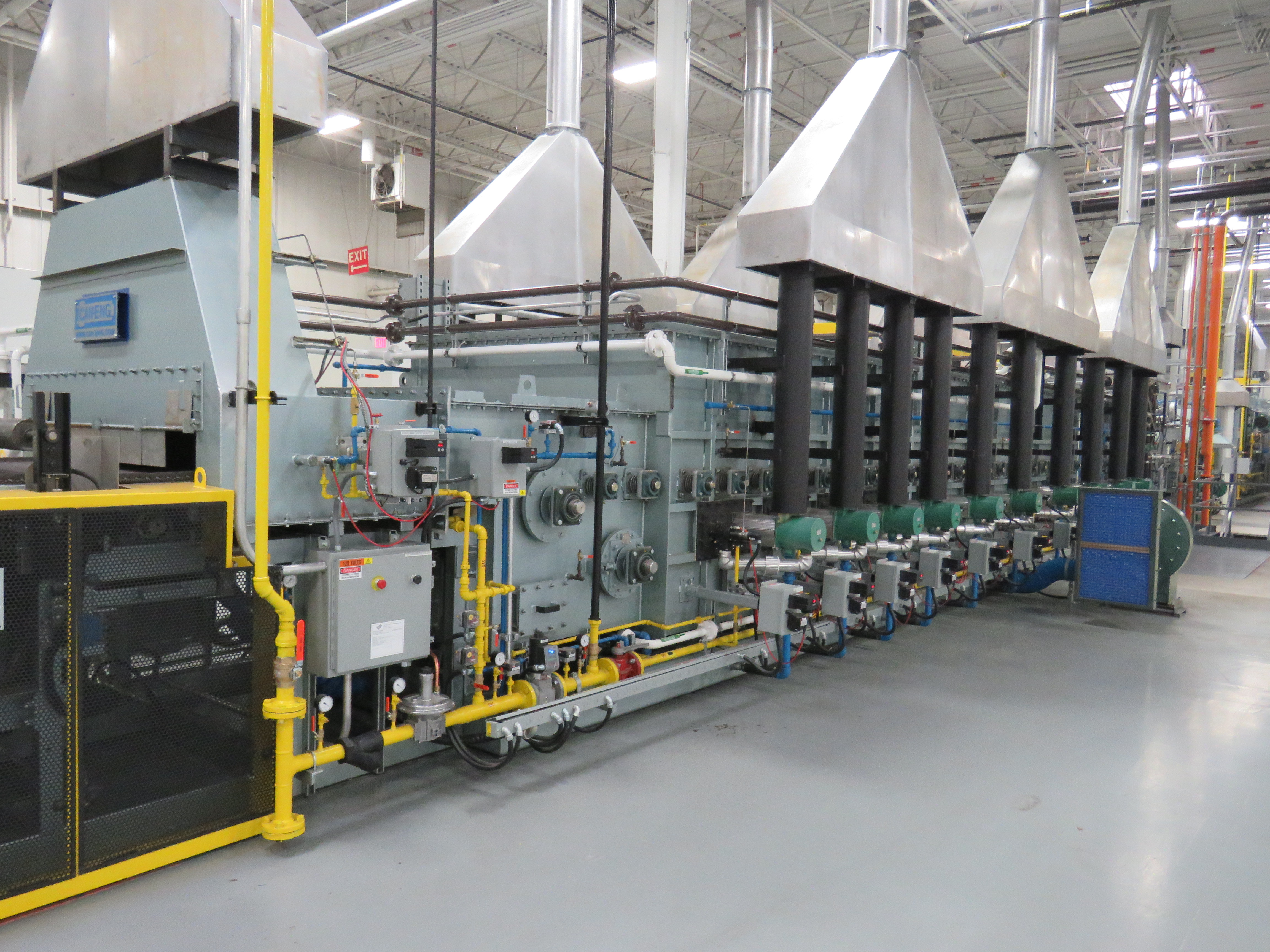Which Has a Lower Carbon Footprint-Mesh Belt or Cast Link Furnace?
“The Monty Heat Treat News” has an ongoing series of articles from furnace builder Aichelin about “CO2 Emissions and the Heat Treatment Industry” which can be found at Articles & Interviews | The Monty. The most recent article was entitled “Which Has a Lower Carbon Footprint-Mesh Belt or Cast Link Furnace?”
The article was well written and attracted a great deal of attention which prompted one of our readers Mr. Tim Donofrio, VP of furnace builder “Can Eng” to pen some thoughts about the relative energy usage of each style of furnace. His thoughts can be found here;
“Good Morning Gord, As always, I enjoy reading your postings which are insightful and dedicated to the heat-treating industry! Recently, I came across a piece titled: “Which Has a Lower Carbon Footprint-Mesh Belt or Cast Link Furnace?” I did find this to be an interesting read, and appreciated the opinion provided. After reading the article, I felt that there needed to be some additional dialogue tabled here for your readership to ensure they were kept abreast of Best Available Mesh Belt Heat Treatment Technology when evaluating against Cast Link Belt Furnace Technology.
The referenced article, although insightful, did not consider the benefits of Modern Mesh Belt Furnace Design and was prepared based on a comparison of an older referenced Mesh Belt Furnace design which has fallen out of favour for many of your readers. For example, the Modern Mesh Belt Furnace design incorporates energy saving features which the referenced Mesh Belt Design does not.
Some of these features include:
- Hot Belt Return system which retains the Mesh Belt heat energy that is subsequently transferred back into the product being processed. This is compared to the referenced design which appears to incorporate an external cold mesh belt return chamber, complete with water seal at discharge.
- Energy Reduction Systems (ERS™) which integrate Atmosphere Reduction Features which reduce the furnace atmosphere consumption by up to 60% over other older open entry throat mesh belt designs.
- Other additional energy saving benefits are also being used and exploited through the re-use of waste flue gases in the form of preheated combustion air, waste heat heating of wash systems, quench oil heat recuperation and integrated atmosphere generation to mention a few.
We would be remiss not to mention the fact that the Mesh Belt Furnace external loading system provides a significant benefit compared to Cast Link Furnace Loading systems. Mesh Belt Loading systems allow for open line-of-sight and reduced part drop heights which prevents the opportunity for parts to wander on the belt as they are loaded. This is in contrast to Cast Link loading systems which may use aggressive shaker pans or long vertical drop chutes to load product onto the cast conveyor which results in a greater likelihood for product to wander on the belt during loading. As a result, Cast Belt systems must incorporate greater gaps between different heat lot or product type that need to be kept segregated and avoid part mixing potential. This increase in gap between lots on the conveyor creates inefficiencies and increases the overall $/lb(kg) to process.
Lastly, Modern Mesh Belt Furnaces today are processing fasteners from M3 to M35 diameters, up to 8” long and at 7200 lbs/hr (3300kgs/hr) capacity. Modern manufacturers of Screws, Bolts and Nuts Products today find this size range flexibility to be a competitive advantage in todays rapidly changing environment. Manufacturers of these products are much more informed and carefully consider their capacity expansions through detailed decision analysis. We have found that manufacturers carefully consider the savings realized from reduced part damage, rework, scrap, and part mixing potential when using a Mesh Belt Furnace as part of their detailed decision analysis. As a result, manufacturers of these Products today are routinely selecting Mesh Belt Furnace designs based on the Total Cost of Ownership benefits that includes consideration of predictable part quality, reduced part damage and mixing potential, energy efficiency, range of part processing flexibility, system uptime and reliability, global service and support capability, and capital costs.
As always, we thank you for your contribution to the Industry and hope that you find this input of interest. Best regards,
Tim Donofrio, Can-Eng Furnaces International Ltd. Vice President – Sales
Direct Tel: 1 (289)-292-2027
Email: [email protected]”
Did you like this article? Click here to subscribe to The Monty.
View our recent magazines and podcasts by clicking the following link. https://themonty.com/magazine/

